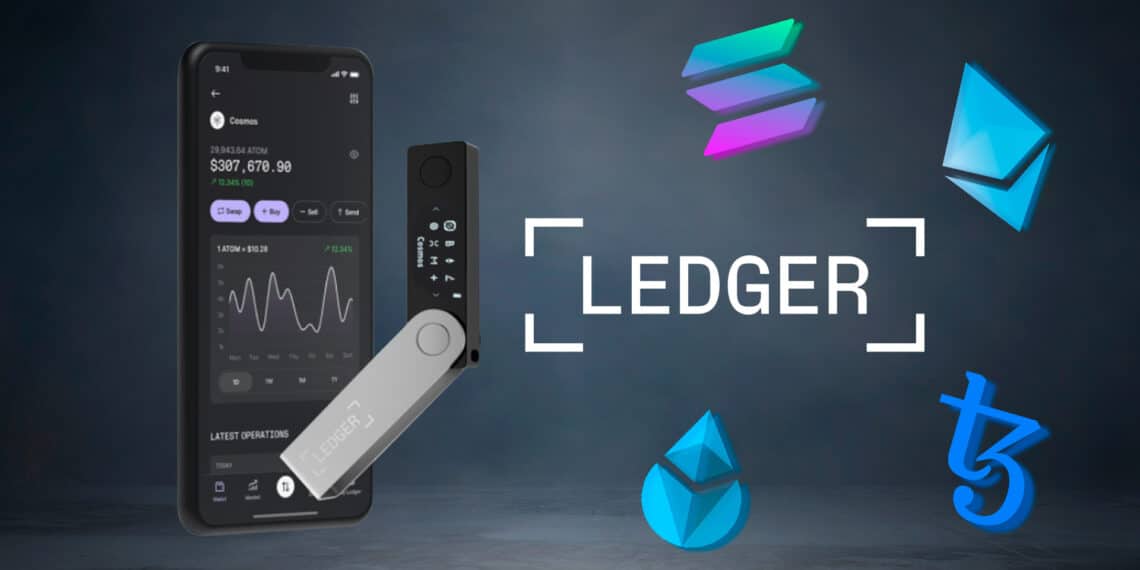
Ledger.com/Start – Complete Ledger Wallet Setup Guide
Welcome to Ledger.com/start, your step-by-step guide for safely setting up a Ledger hardware wallet. Ledger devices store private keys offline in a secure element, ensuring your cryptocurrency is fully protected. This guide walks you through every step, from unboxing your device to managing crypto safely. Following this guide ensures a secure and smooth onboarding experience for both beginners and experienced users.
1. Unboxing Your Ledger Device
Begin by ensuring your Ledger packaging is intact and untampered. Power on the device and follow the on-screen instructions. You will choose either to set up a new wallet or restore an existing one. Always use the physical device and avoid relying on third-party sources to prevent phishing or tampering.
2. Visit Ledger.com/Start
Open your browser and go to Ledger.com/start. This official page is the gateway to download Ledger Live, the companion software for your device. Ledger Live allows sending, receiving, staking, swapping, and tracking your cryptocurrency portfolio safely. Always confirm you are on the official Ledger domain to avoid phishing attacks.
3. Installing Ledger Live
Download Ledger Live for your operating system. Launch the app and select “Initialize new device” if this is your first setup. Ledger Live guides you through firmware installation and creating a secure PIN. Pick a PIN that is secure yet memorable to protect your Ledger device from unauthorized access.
4. Securing Your 24-Word Recovery Phrase
Your Ledger device generates a 24-word recovery phrase during setup. This phrase is critical for restoring your wallet if the device is lost or damaged. Write it down carefully on the provided recovery sheet and store it offline in a safe place. Never take photos, save digitally, or share it. Ledger will never ask for this phrase.
5. Installing Cryptocurrency Apps
Each blockchain requires a separate app on your Ledger device. In Ledger Live, go to “My Ledger” and install apps for cryptocurrencies such as Bitcoin, Ethereum, Solana, and others. Apps allow the device to securely sign transactions while keeping private keys offline.
6. Adding Accounts
After installing apps, create corresponding accounts in Ledger Live. Each account generates unique receiving addresses. Always verify these addresses on your Ledger device before sending or receiving crypto to prevent malware or phishing attacks.
7. Receiving and Sending Crypto
With accounts added, you can safely receive cryptocurrency. Ledger Live provides verified addresses. Sending crypto is equally secure; transactions are signed on-device, ensuring private keys never leave the Ledger hardware. This guarantees maximum security for all operations.
8. Staking, Swapping, and Portfolio Monitoring
Ledger Live allows staking supported coins such as Ethereum, DOT, and ATOM. You can swap tokens within the app and track your portfolio in real-time. All operations are verified on-device, ensuring your private keys remain secure while giving you flexibility and convenience.
9. Security Best Practices
- Never share your 24-word recovery phrase.
- Only download Ledger Live from Ledger.com/start.
- Verify all addresses on your device before sending or receiving crypto.
- Keep Ledger Live and device firmware updated.
- Store recovery phrase offline in a secure location.